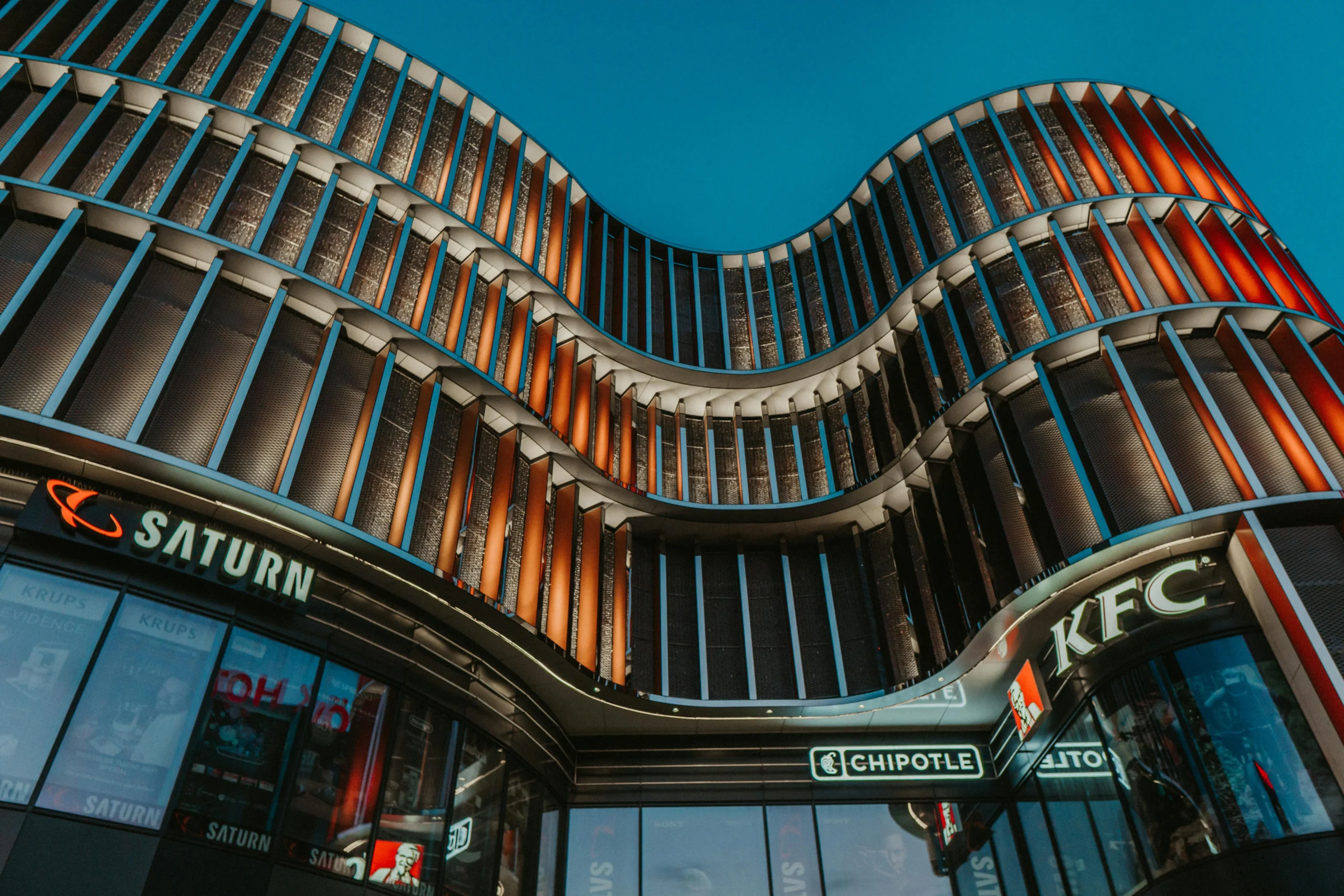Table of Contents
Chipotle CEO Scott Boatwright is committed to keeping the human element central to the chain’s operations, particularly in its iconic burrito assembly lines. In a podcast interview with Yahoo Finance’s “Opening Bid,” Boatwright emphasized the importance of preserving the personal interaction and craftsmanship that define the Chipotle experience.
The Value of Human Interaction for Chipotle’s CEO
“We still believe the best way to Chipotle is down the line with a team member, highly customized, great variety, big beautiful burritos and bowls down the line,” Boatwright said during the interview. He described human interaction as a “core equity of the Chipotle brand.”
Despite the industry trend toward automation, Chipotle is treading cautiously. Boatwright made it clear that any automation efforts would primarily focus on digital systems rather than replacing human workers in-store. “We intend to leverage that automation in the digital system only,” he noted.
Exploring Automation in Chipotle
While committed to human interaction, Chipotle has experimented with automation to enhance efficiency. In July, the company introduced “Autocado,” a robot designed to cut, core, and peel avocados, significantly reducing the time required for this task. Additionally, Chipotle partnered with Hyphen, a San Jose-based food technology startup, whose robotics can produce up to 180 bowls per hour—six times the output of human workers.
Criticism Over Portion Consistency
Portion control has been a challenge for the chain. Earlier this year, Chipotle faced criticism after analysts accused it of inconsistency in serving sizes. A study by Wells Fargo analysts revealed significant variations in the weight of burrito bowls ordered from different locations. Among in-store orders, the heaviest bowl weighed 47% more than the lightest.
Danilo Gargiulo, a senior restaurant analyst at AllianceBernstein, suggested that automation might not solve portion control issues. “It’s part of the experience of consumers to go there, check out what they have, and ask a person, ‘Hey, can I have a little bit more, please?'” Gargiulo explained. He emphasized that the in-store interaction is integral to Chipotle’s appeal.
Balancing Quality and Profitability
Efforts to ensure consistent portions have impacted Chipotle’s profitability. CFO Adam Rymer acknowledged that inflation in key ingredients, particularly avocados and dairy, coupled with a commitment to “generous portions,” has offset the benefits of a menu price increase implemented last year. These challenges reflect the broader struggle to balance operational efficiency with customer satisfaction.
Industry Trends and Contrasting Approaches
Chipotle’s measured approach to automation contrasts with other fast-food chains like Sweetgreen and White Castle, which have embraced robots for various tasks. However, some industry leaders share Boatwright’s hesitation. Shake Shack CEO Danny Meyer recently expressed his preference for maintaining the human touch in food preparation. “There’s something about the human touch—smashing that burger, seasoning the burger, flipping the burger—where not any two burgers taste exactly the same,” Meyer remarked.
How the Future Looks Like in the Fastest Growing Food Chain – Chipotle
Boatwright’s commitment to preserving the human aspect of Chipotle’s operations underscores the brand’s focus on delivering a personalized and high-quality dining experience. As the fast-food industry increasingly explores automation, Chipotle’s strategy reflects a balance between technological innovation and the value of human craftsmanship.

